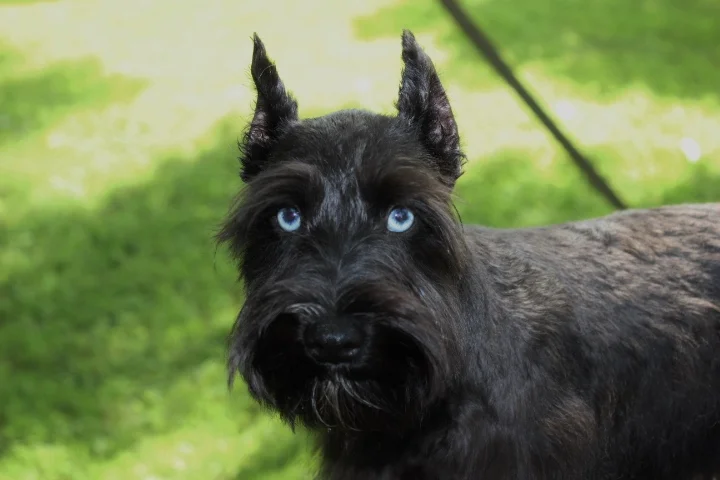When Do Schnauzers Stop Growing?
If you’re the proud parent of a Schnauzer puppy or contemplating adding one to your family, you’re likely filled with questions about their growth and development. Among the most frequently asked is, “When do Schnauzers stop growing?” To shed light on this topic, we’ll delve into the developmental stages of the Schnauzer breed and provide insights into their growth timeline.
The Three Varieties of Schnauzers
To understand Schnauzer growth, it’s essential to recognize that there are three distinct types of Schnauzers, each with its growth rate and final size:
Miniature Schnauzer
The smallest of the trio, these dogs are lively and compact.
Standard Schnauzer
The original Schnauzer, falling between the Miniature and the Giant in terms of size.
Giant Schnauzer
As the name suggests, this is the largest variety of the Schnauzer breed.
Growth Timeline for Schnauzers
Birth to 8 weeks
During this stage, puppies experience rapid growth. It’s a period of intensive nursing and transitioning to solid foods.
2 months to 4 months
By now, Schnauzers will be visibly larger and more active. Their bones and muscles continue to develop, and they start to look less like puppies and more like miniature versions of their adult selves.
4 months to 8 months
This is when the growth rate starts to slow down. For many Miniature Schnauzers, the maximum height might be achieved by the end of this stage.
8 months to 12 months
While most of the height growth is over, there’s still some muscle and bone density development occurring. This is especially true for Giant Schnauzers who continue to fill out well into their second year.
12 months and beyond
Standard and Miniature Schnauzers typically reach their full adult size by their first birthday. However, Giant Schnauzers may continue to grow slowly for another 6 to 12 months.
Factors That Affect Schnauzer Growth
- Diet: Proper nutrition plays a pivotal role in ensuring that your Schnauzer grows to its potential height and weight. Feeding them high-quality dog food, enriched with essential nutrients, is crucial.
- Genetics: The genes inherited from their parents play a significant role in determining the size a Schnauzer will grow to be.
- Physical Activity: Regular play and exercise support healthy growth and muscle development.
- Health: Any health issues, especially in the puppy phase, can impact growth. Regular vet check-ups are essential to monitor and address any potential concerns.
Frequently Asked Questions
| Question | Answer |
|---|---|
| Can neutering/spaying affect my Schnauzer’s growth? | While neutering/spaying can slightly influence growth plates and their closure, it typically doesn’t drastically affect the final size of the dog. It’s always best to discuss the optimal timing with your vet. |
| Is there a way to predict my Schnauzer puppy’s adult size? | While there’s no foolproof method, considering the size of the puppy’s parents and consulting a breed-specific growth chart can provide a general estimate. |
| What if my Schnauzer is smaller or larger than the typical size for its age? | Every Schnauzer is unique. As long as your vet is satisfied with your dog’s health and development, there’s typically no cause for concern. Remember, health and happiness are more crucial than size. |
Conclusion
Schnauzers, with their lively personalities and distinct appearance, are cherished pets worldwide. Knowing their growth stages helps owners prepare for each phase of life. Whether you have a Miniature, Standard, or Giant Schnauzer, understanding their growth patterns ensures you provide the care, nutrition, and love they need at every stage. Remember to always consult with your vet about any growth-related concerns and enjoy every moment with your growing Schnauzer companion.








